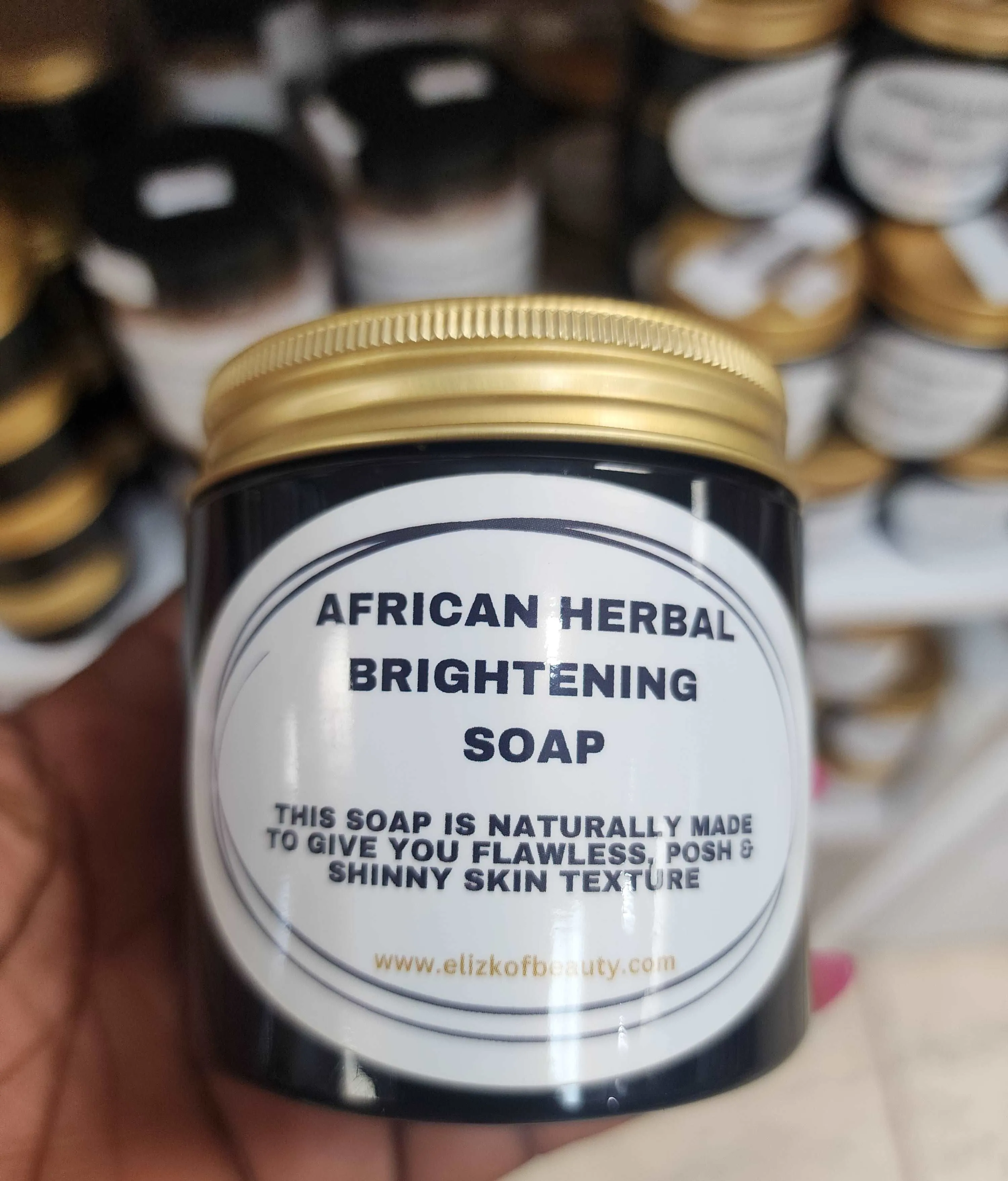Understanding Black Soap Whitening
Black soap, originating from West Africa, has gained popularity in the skincare world. Known for its natural ingredients and cleansing properties, many people use it for a variety of skin concerns. While black soap itself doesn’t inherently ‘whiten’ skin in the traditional sense of altering melanin production, it can contribute to a brighter complexion through exfoliation and the removal of dead skin cells. This guide explores how you can incorporate black soap into your skincare routine, along with additional ingredients and practices, to achieve a more even and radiant skin tone. It’s important to approach skin lightening with caution, prioritizing skin health and safety above all else.
What is Black Soap
Authentic black soap is typically made from plant-based ingredients, such as cocoa pods, plantain skins, palm oil, and shea butter. The specific ingredients and the traditional preparation methods contribute to its dark color and unique texture. Unlike commercially produced soaps, black soap often contains no added chemicals, artificial fragrances, or preservatives. This makes it a suitable option for those with sensitive skin. The natural ingredients are rich in vitamins and antioxidants, offering various benefits for the skin beyond just cleansing.
Benefits of Using Black Soap
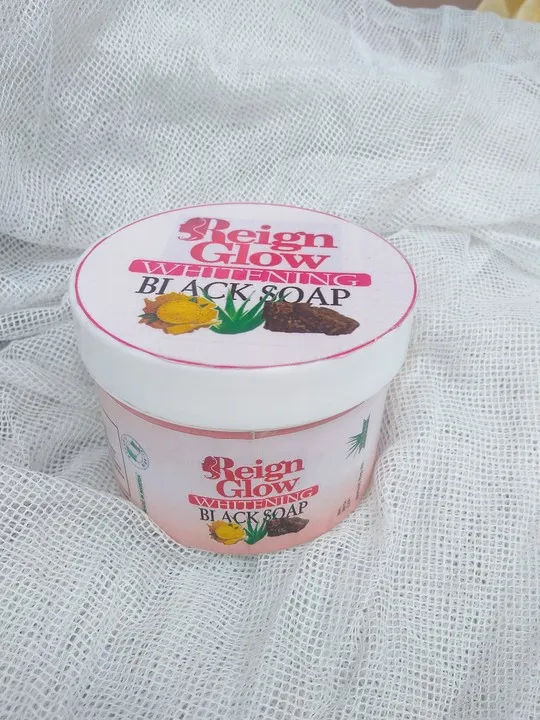
The use of black soap has several skin benefits. It provides a deep cleanse, removing impurities, excess oil, and dirt that can clog pores and lead to breakouts. It also works as a gentle exfoliant, helping to slough away dead skin cells and reveal a smoother complexion. The natural ingredients in black soap are known to soothe skin conditions like eczema and psoriasis, due to their anti-inflammatory properties. Regular use can contribute to a more even skin tone by removing build-up and promoting cell turnover. It’s essential to remember that while black soap offers many advantages, individual results vary depending on skin type and the specific product used.
The Dark Side Risks to Consider
While black soap is generally safe, it’s important to be aware of potential risks. Some commercially available black soaps may contain additives that could irritate sensitive skin. Over-exfoliation can occur if you use black soap too frequently or aggressively, leading to redness, dryness, and inflammation. It’s important to perform a patch test before full application. Moreover, some individuals may experience an allergic reaction to specific ingredients in black soap. Prior to making it a regular part of your routine, be sure to consider your skin type and perform an allergy test to prevent adverse reactions.
Top 5 DIY Black Soap Whitening Tips
Tip 1 Choosing the Right Black Soap
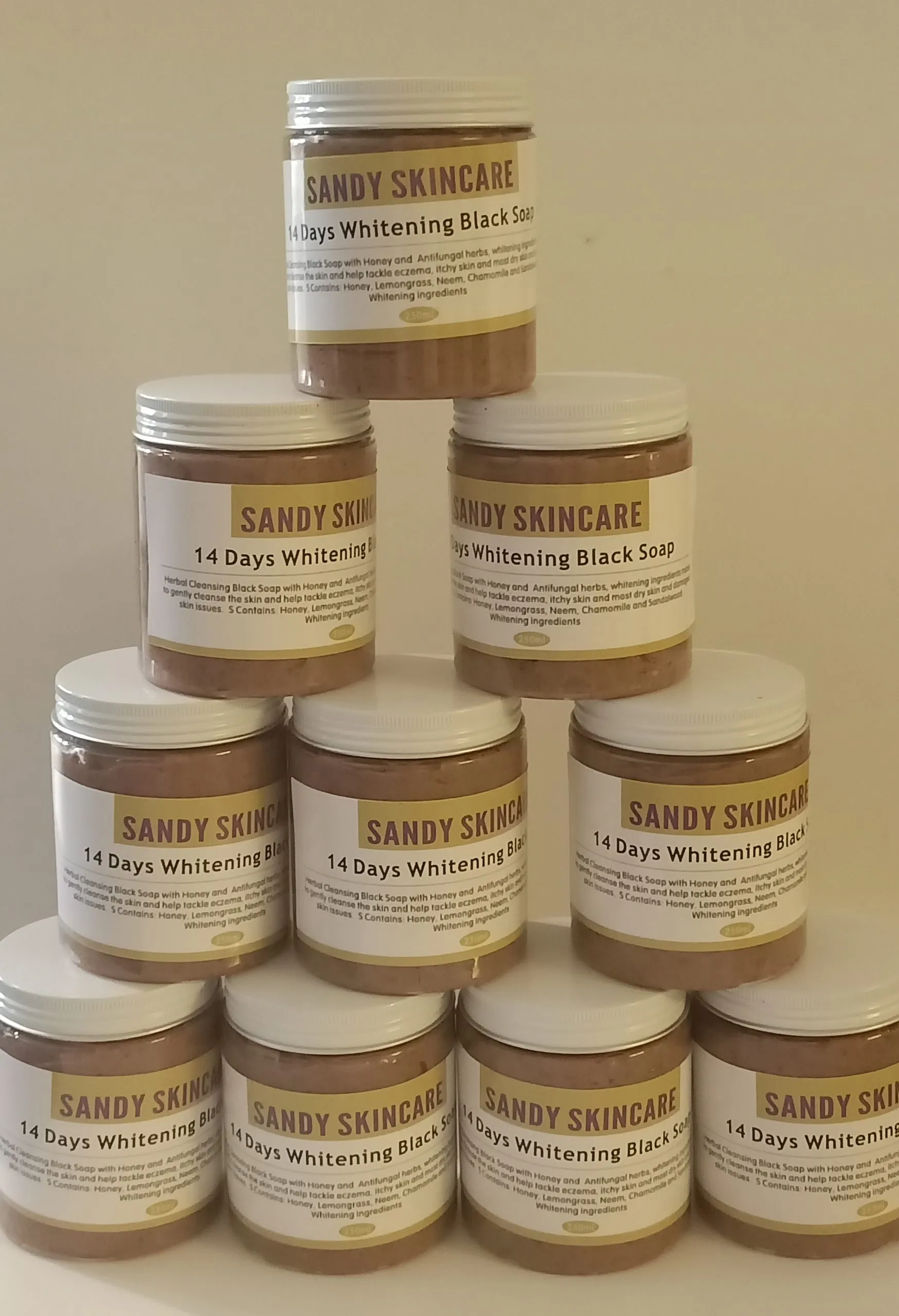
The quality of your black soap significantly impacts the results. Choose authentic, 100% pure black soap, preferably sourced directly from West Africa. Check the ingredient list to ensure it contains only natural components, such as plantain skin ash, palm oil, shea butter, and cocoa pod ash. Avoid soaps with added chemicals, artificial fragrances, or colorings. Look for a soap with a dark brown color and a slightly gritty texture, which indicates the presence of the key ingredients. Always check reviews and the reputation of the brand before buying.
Tip 2 Adding Exfoliants
To boost the exfoliating properties of black soap, consider adding other natural exfoliants. Finely ground oatmeal or brown sugar can be mixed with the soap to gently scrub away dead skin cells. This will brighten your complexion and improve the effectiveness of any whitening treatments. The addition of natural ingredients can also enhance the experience, with components like oatmeal soothing sensitive skin. However, be careful not to over-exfoliate, as this can lead to irritation. A gentle approach is key. Incorporating exfoliants should be done 1–3 times a week depending on skin sensitivity.
Tip 3 Incorporating Brightening Ingredients
To enhance the skin-brightening effects, you can integrate ingredients known for their ability to even skin tone. Mix the black soap with a small amount of honey, known for its moisturizing and brightening properties. Another option is to add a few drops of lemon juice (use with caution due to its potential for sun sensitivity) or tea tree oil (known for its antiseptic qualities). Always perform a patch test before applying any new ingredient to a larger area of your skin. Combining black soap with these ingredients can create a powerful cleansing and brightening treatment.
Tip 4 Proper Application and Routine
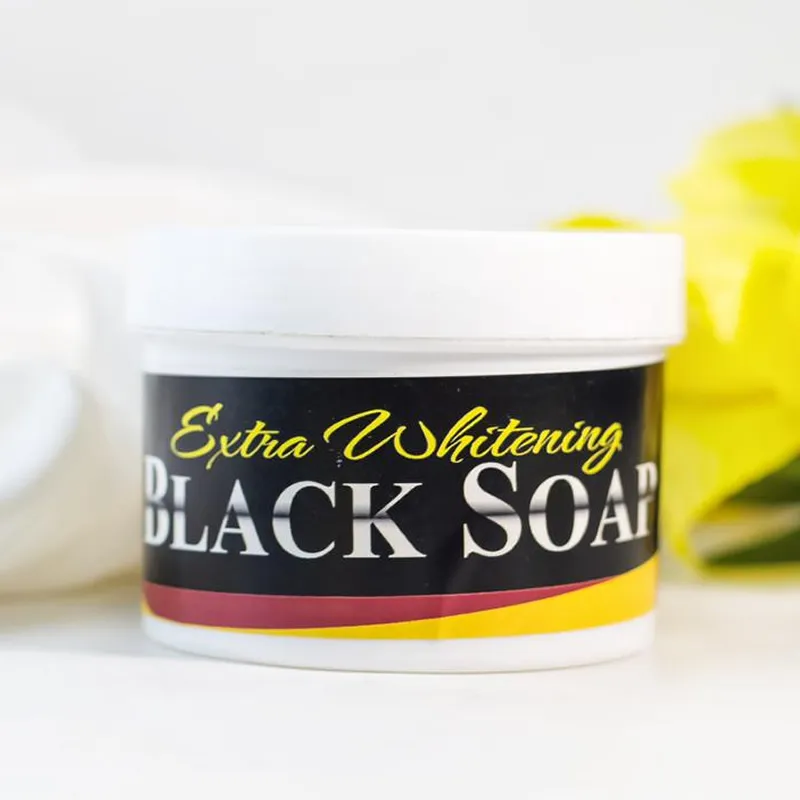
Lather the black soap in your hands and apply it to damp skin using circular motions. Gently massage your face and body to remove dead skin cells and impurities. Avoid scrubbing too hard, especially on sensitive areas. Rinse thoroughly with lukewarm water. Follow with a moisturizing cream or oil to keep your skin hydrated, as black soap can be drying. Use this routine 2–3 times a week and adjust it based on your skin’s reaction. Consistency is crucial for visible results.
Tip 5 Consistency and Patience
Skin brightening is a gradual process. It may take several weeks or months to see noticeable results when using black soap for whitening. Be patient and consistent with your skincare routine. Avoid the temptation to over-use black soap or other products, as this can damage your skin. If you don’t see immediate results, don’t get discouraged. Ensure you are adhering to the recommended usage and maintaining a comprehensive skincare routine. Remember that lifestyle factors like sun exposure, diet, and hydration also affect skin health. Stay consistent with your routine, and the results will eventually follow.
Additional Tips for Enhanced Whitening
Hydration and Sun Protection
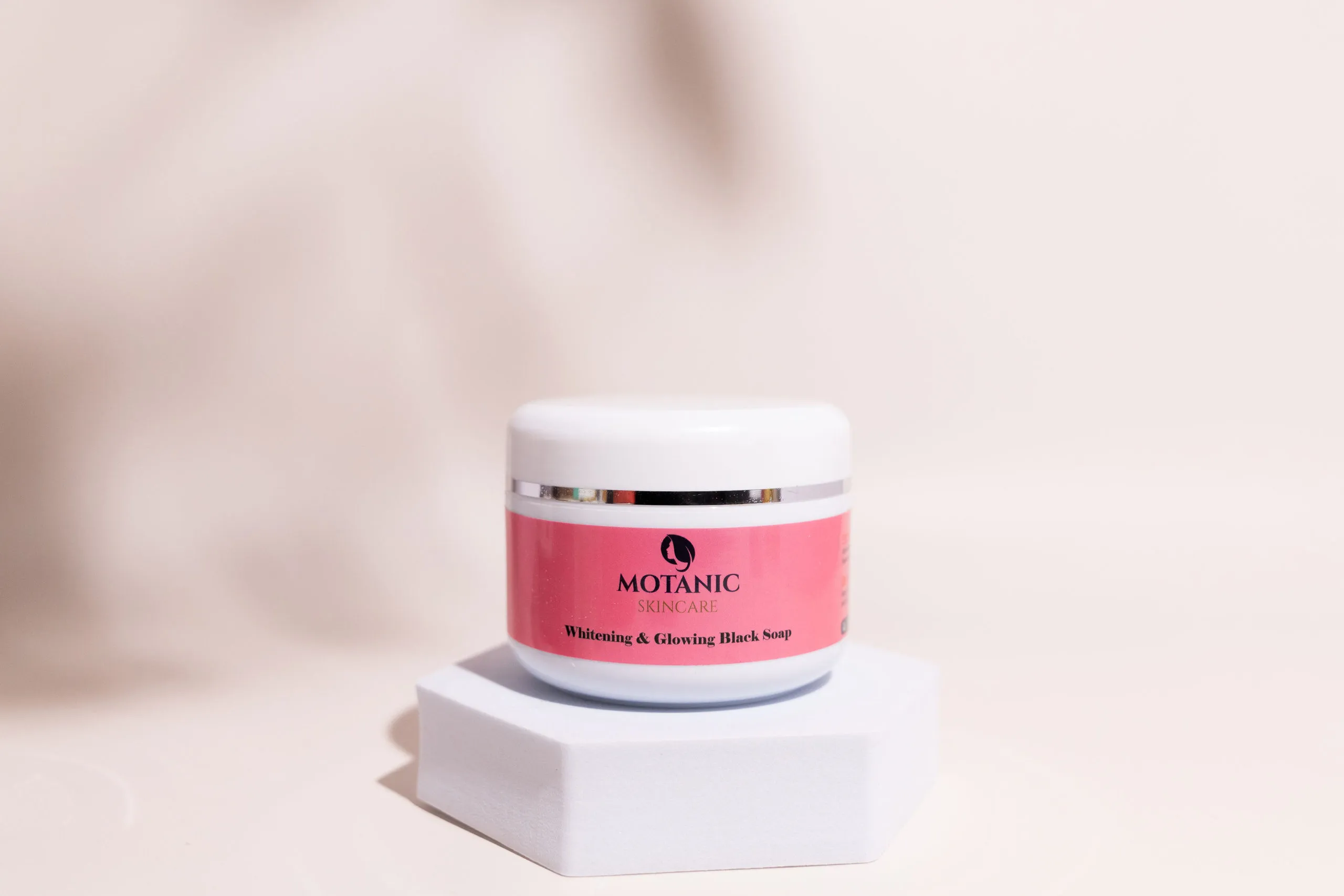
Proper hydration is essential for healthy skin. Drink plenty of water to keep your skin moisturized from the inside out. The more hydrated your skin is, the more radiant it appears. Sun protection is also critical. Use sunscreen with an SPF of 30 or higher daily to prevent sun damage. Sun exposure can worsen hyperpigmentation and counteract your whitening efforts. Wear protective clothing, hats, and sunglasses when you are outside. Proper hydration and sun protection work synergistically to enhance skin health and whitening results. These are critical components for a healthy skin routine.
Diet and Lifestyle Adjustments
A balanced diet rich in antioxidants can support skin health. Consume plenty of fruits, vegetables, and whole grains. Certain foods like berries, citrus fruits, and leafy greens are beneficial. Limit processed foods, sugary drinks, and excessive alcohol intake, as these can negatively affect your skin. Exercise regularly to improve circulation and promote overall skin health. Adequate sleep is also important, as your skin repairs itself while you rest. A healthy lifestyle contributes significantly to radiant and even-toned skin.
Monitoring Your Skin
Regularly monitor your skin for any adverse reactions or changes. If you experience irritation, redness, or any other unusual symptoms, discontinue use of black soap or any additional ingredients immediately. Consult a dermatologist if the issues persist. Keep track of your skin’s progress. Take before-and-after photos to see the changes over time. Listen to your skin and adjust your routine as needed. A proactive approach helps maintain healthy skin and maximizes the benefits of your DIY black soap whitening regimen.
